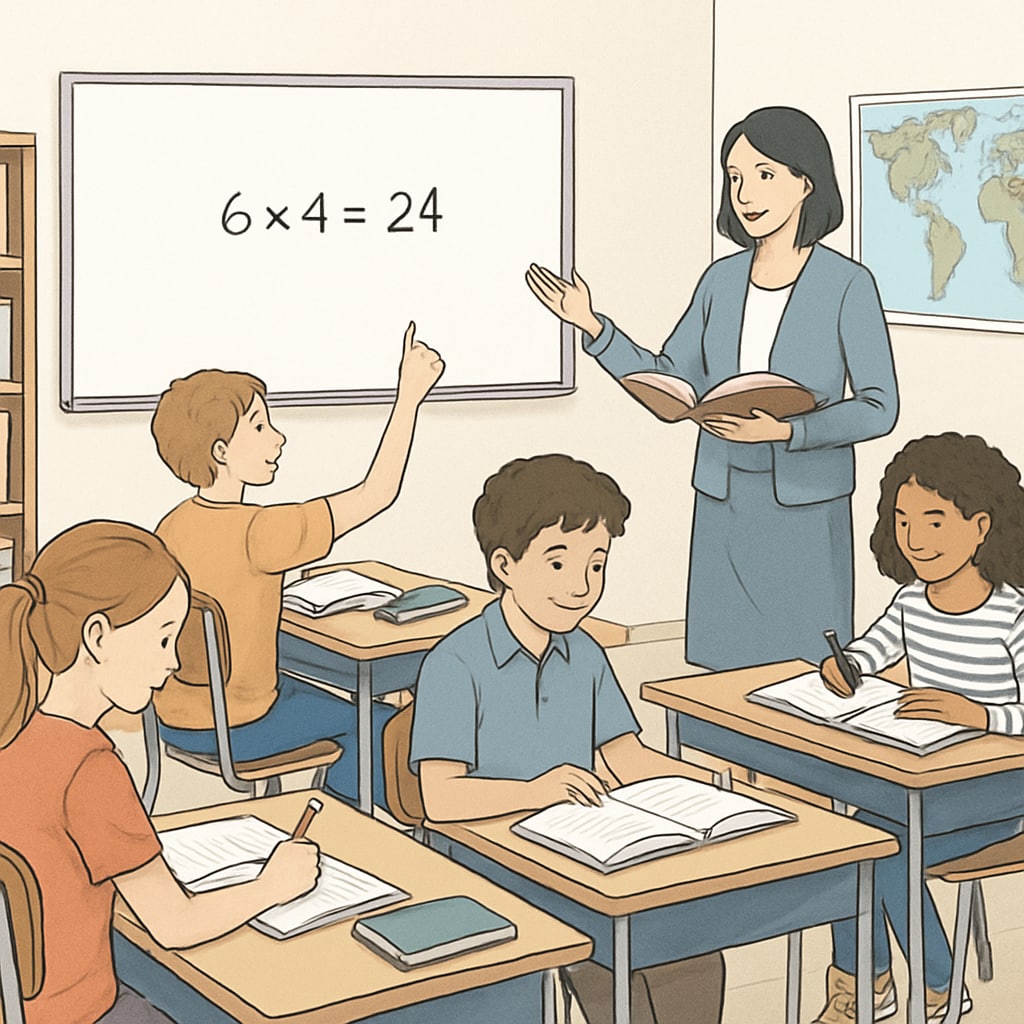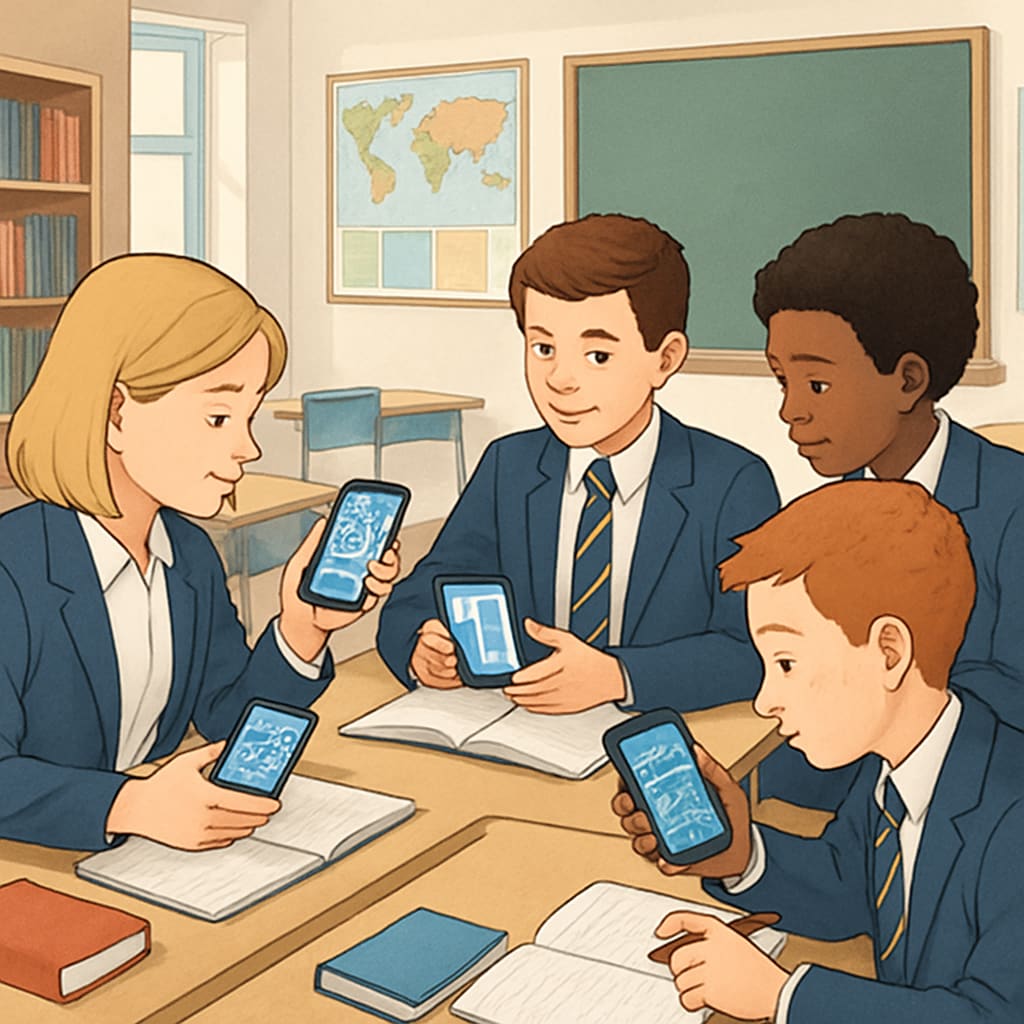The debate over whether schools should ban cell phones is intensifying across the United States. Public schools are enforcing strict bans to restore focus, while private schools are experimenting with flexibility. But do stricter rules actually improve learning—or just frustrate students and teachers alike?

Public Schools Enforce Strict Cell Phone Bans
Across the U.S., many public school districts have implemented comprehensive cell phone bans during school hours. Students are often required to store their devices in lockers or sealed pouches upon arrival.
Supporters believe these measures reduce distractions, improve focus, and limit cyberbullying. A study by the National Education Association (NEA) found that schools with strict phone bans report higher student engagement and fewer disciplinary issues.
However, critics question whether these bans may go too far—especially in a world where digital literacy is essential for future success. Balanced technology integration can help students connect classroom concepts to real-world problem-solving.
Private Schools Take a More Flexible Approach
In contrast, many private schools are adopting a more nuanced policy. Instead of banning phones outright, they focus on teaching responsible device management. Students may use phones for research, digital tools, or collaborative learning projects.
This approach reflects the belief that technology is an essential part of modern education. Private schools see value in preparing students for a tech-driven world—just as we highlighted in Top 9 Free Educational & Math Contest Websites for Kids (2025 Edition), where free learning platforms demonstrate how guided screen time can enhance motivation and problem-solving skills.
Still, flexibility has its challenges. Without clear boundaries, some students find it difficult to regulate their usage, which can lead to distraction and inconsistent focus.

Mixed Reactions from Students and Parents
The reactions to these policies vary widely. Students in public schools often express frustration, feeling that strict bans limit their ability to stay connected with peers or access helpful resources. On the other hand, many parents support these restrictions, citing concerns about excessive screen time and online safety.
In private schools, students generally appreciate the flexibility but may struggle with self-regulation. Parents, meanwhile, often value the balanced approach but worry about the potential for misuse. A common suggestion among both groups is implementing clearer guidelines and promoting digital literacy as part of school programs.
Educators Advocate for a Balanced Solution
Educators are increasingly calling for a middle-ground solution that addresses the needs of all stakeholders. Rather than blanket bans, they recommend policies that focus on responsible usage and digital citizenship. This could involve:
- Setting designated “no-phone zones” for classrooms and study areas.
- Allowing supervised phone use for educational activities.
- Incorporating lessons on digital ethics and online safety.
As we shared in Why Kids Struggle to Read Math Problems — ITA Method Insights, guided instruction on focus and comprehension can dramatically improve students’ learning behavior. Similarly, teaching students to use devices mindfully could cultivate stronger concentration and responsibility.
According to the American Psychological Association (APA), structured technology use—not complete avoidance—leads to better academic and emotional outcomes.
Conclusion: Striving for Constructive Dialogue
The debate over cell phone ban policies in U.S. schools will likely continue as technology evolves. Public schools emphasize discipline and focus, while private schools favor flexibility and integration. Ultimately, the goal should be fostering constructive dialogue among students, parents, and educators to create policies that benefit learning environments without alienating stakeholders.
As a result, schools must consider the unique needs of their communities and remain adaptable in their approach. Whether through strict bans or balanced guidelines, success lies in promoting responsible device usage and prioritizing education above all else.
Related Reads
Top 9 Free Educational & Math Contest Websites for Kids (2025 Edition)
From Curriculum to Contest: How Ontario Math Prepares Students for Gauss, AMC, and Beyond
Why Kids Struggle to Read Math Problems — ITA Method Insights
Canada Public School System & Why Math Matters for Applications (2025)
Why Classic Word Problems Are the Foundation of Math Competitions


